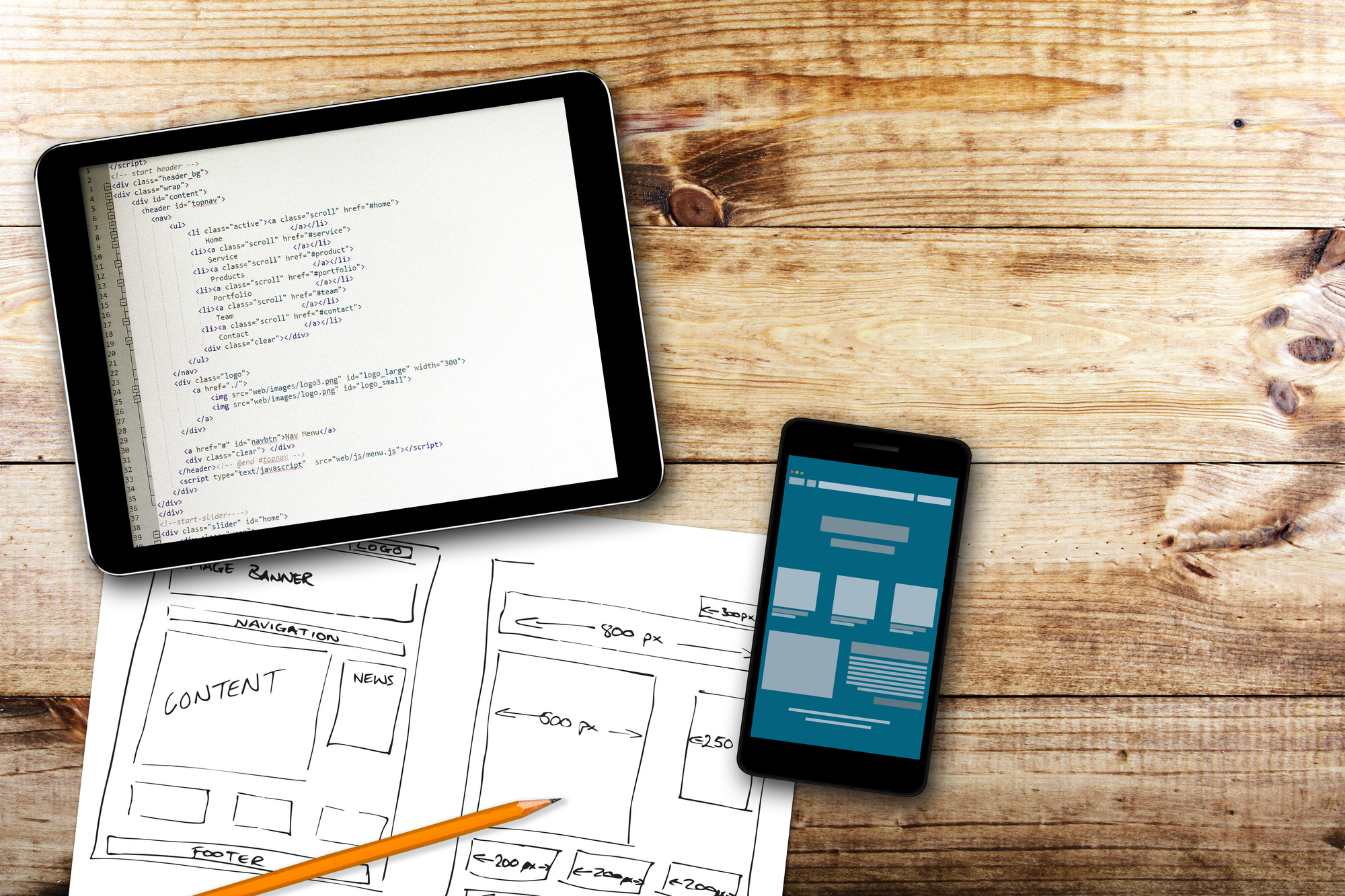In the digital ecology we live in today, basic website design just won’t cut it. And yet, it’s essential to learn the basics before you can design sites that really speak volumes about your clients.
The difference between good and great web designers? Great web designers utilize all the resources out there to help them focus on what matters: design. Leave the technical details to the computers.
Keep reading for some of the best web development tools out there to make your life easier (and sites better!).
Website Design Tools
If you’re still coding in TextEdit, stop that right now!
There are tons of amazing website design programs that will quicken your process by 1,000%. And by speeding up your process, you’ll allow yourself more time and space to focus on design elements rather than nitty-gritty coding details.
Here are some of our favorites.
Adobe Dreamweaver
Adobe products are, of course, the gold standard for designers across the board. Dreamweaver is no different. It’s downright thorough when it comes to features you didn’t even know you wanted.
That can come as a downside, too, though. Beginners have a hard time navigating Dreamweaver because it can do so much that might be out of your wheelhouse. It supports HTML, JavaScript, CSS, PHP, and other coding languages, but it also supports WordPress themes if you’re not ready to edit code directly yet.
The best way to get to know the program is to watch YouTube video after YouTube video. Like any program, you can master it; it just takes time and effort. That effort will be rewarded once you’ve implemented Dreamweaver into your daily design toolbelt, though.
Bluefish
Bluefish is a whole different animal than Dreamweaver. It only offers text-edit for serious coders who don’t need a “Live View” option.
Unlike most Adobe products, Bluefish is tiny, clocking in at a whopping 53MB. Despite its size, though, it can handle tons of documents. It even has a search function that’ll allow you to search across your entire library of code at once.
It supports most coding languages, including HTML, JavaScript, XML, SQL, CSS, and PHP.
The best thing about Bluefish? It’s totally free!
Atom
Atom is similar to Bluefish, except it’s even more geared toward the pros. It literally doesn’t display anything in the program besides a text box, so you’re expected to show up armed with some serious coding knowledge.
You can download extensions, however, that makes the interface a little more user-friendly. Atom calls these packages– there are a ton to sift through, but they can help you essentially design the program to do exactly what you want it to do.
In the native program, there are still a few awesome features that amp it up a little. It has an auto-complete feature which will finish your code for you as you write. It will also automatically detect which language you’re writing in and color code it for you right off the bat.
Squarespace
If you’re mainly designing simple personal websites, Squarespace is one of the best web platforms out there. It’s so easy– you don’t have to be well-versed in coding at all. Your clients never need to know you’re not coding their sites from scratch!
It offers the best free website templates you can find, too. They’re responsive, clean, and highly customizable.
This is a great tool for the designer whose clients want to be able to easily edit or add content to their site later. The interface is really easy to navigate, making it a great common ground between web designers and those with no experience.
Macaw
It’s hard to choose what’s best about Macaw: its clean interface, interactive nature, or the fact that it’s completely free.
Macaw is for you if you love designing websites but really don’t like writing code. You essentially work on the “Live View” page, dragging and dropping elements here and there, while Macaw writes the code in the background.
You can store things in your design library to reuse later, and all the sites you create in Macaw will be responsive.
Macaw is the drag-and-drop platform that’s said to be ushering in the “end of coding.” We’ll see about that, but it’s certainly making coding a lot easier.
Webflow
If you literally have no website design experience and can’t figure out how to get started, Webflow is for you. It’s designed with beginners in mind.
Similar to Macaw, it’s drag-and-drop, so you never have to touch the code if you don’t want to. The code it writes is also incredibly clean compared to other similar platforms.
This is a huge plus for beginners. You’ll be able to go back and look at what Webflow wrote to create and place the element you want. Clean code also makes for easy editing.
The downside: there aren’t marketing or e-commerce options within the Webflow platform. If you don’t know how to code those elements, you’re out of luck.
Google Web Designer
If you’re coding a blog, Google Web Designer is a good tool to have in your back pocket. Like Macaw and Webflow, it’s also a drag-and-drop interface. With the option to view the design or the code at the press of a button, though, it makes it easier to edit the code directly.
Google Web Designer focuses on HTML5, JavaScript, and CSS. If you read between the lines, that means it’s good for creating ads.
Ads are the fuel that keeps a blog burning, though. If you build in the space for ads during the initial conception and design of a blog, it will only make monetization easier in the long run.
From Basic Website Design to Pro Designer
You’re probably past the point of basic website design, which is why you’re looking to streamline your process to become more efficient. Hopefully, with these tools, you’ll be able to hone in on your design sensibilities and let the computer handle the rest. It’s what the pros do!
Want to read more about web design? Check out our other website design tips!











